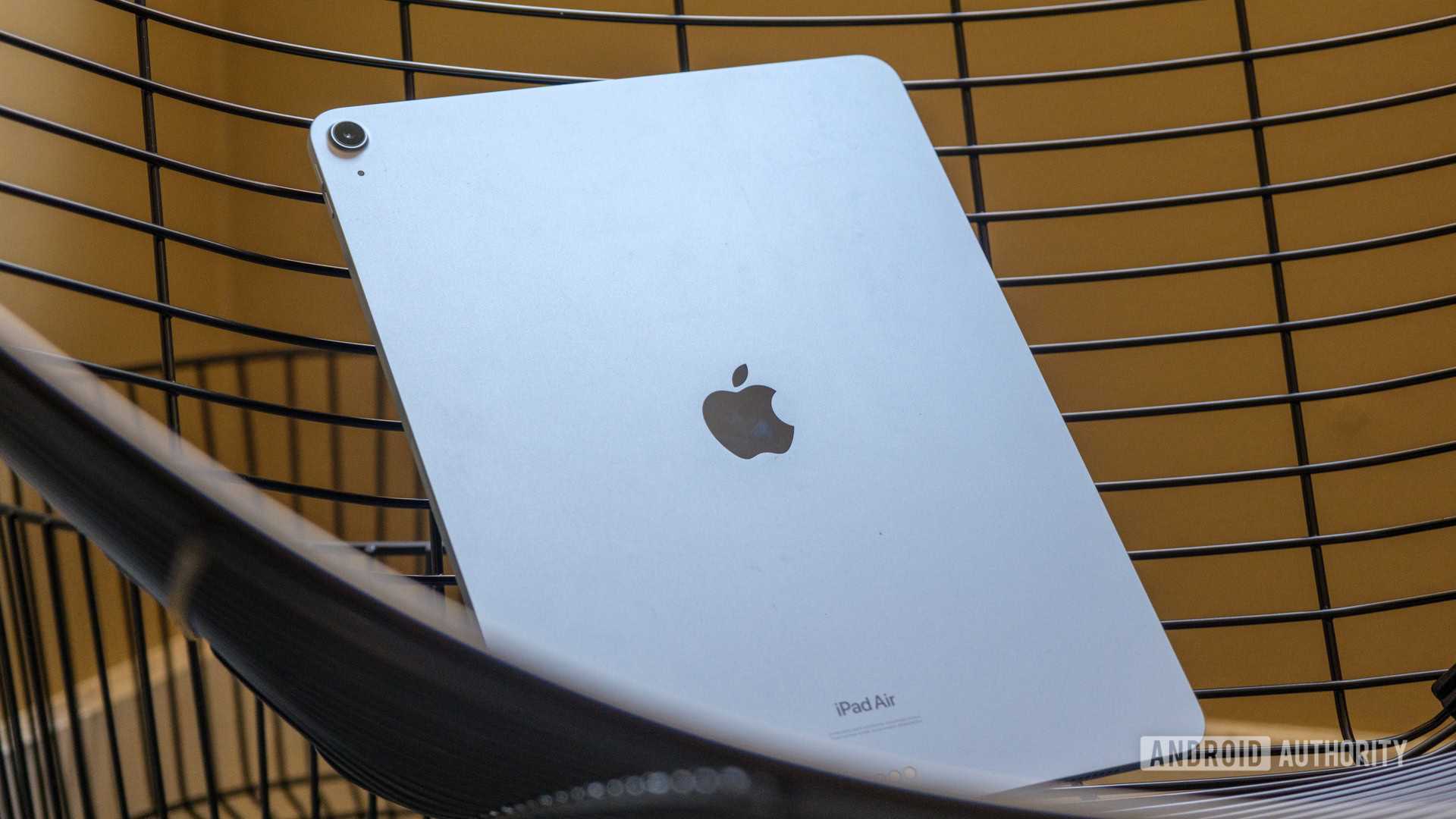
Ryan Haines / Android Authority
Smart displays have been around for years now, but the product category hasn’t seen the same level of momentum as smart speakers and security cameras. Apple may be hoping to change that, at least if recent rumors prove true. A recent report from Bloomberg’s Mark Gurman claims the company plans to tackle the smart home market in a bigger way with the introduction of several new products, including a home accessory widely speculated to be an Apple Smart Home Display.
If Apple is indeed working on its own smart home display, there are a few things I’d like to see from such a device if it wants to succeed where its contemporaries haven’t. Below is my wishlist and everything we currently know about the rumored display.
What is the Apple Smart Home Display and when might it be coming?
For years there have been rumors that Apple will enter the smart display market but the chatter slowed down until recently. In addition to Gurman’s report, there have also been leaks from MacRumors and 9to5Mac, and a few other publications that give us even more details. Apple reportedly intends to reinvigorate its smart home efforts through a combination of software, AI, and smart screens. The display will allegedly work similarly to an iPad but with a more affordable price point and comparatively limited functionality.
There are many form factors this device could take, though it makes sense that Apple might consider an approach similar to the Google Pixel Tablet, pairing a screen with a dock. However, if Apple takes this route, I hope they ensure the dock has HomePod-like functionality built-in, without requiring the screen. A minimally functional dock is one of the worst parts of the Pixel Tablet experience. If Apple does go down this road, I would vote to name the product the “HomePad.”
Unlike the Pixel Tablet, the Apple Smart Home Display is unlikely to run a full tablet OS, and rumors claim the company is working on a version of tvOS optimized for the screen. This new OS is reportedly codenamed “Plaster Board,” though its commercial name will likely be HomeOS. This platform is expected to offer more basic functionality compared to iPadOS but will likely still include features such as smart home device controls, media playback, a browser, video conferencing, and a few basic apps like Calendar.
As for when we might see the Apple Smart Home Display and other products of its revamped smart home effort, that’s less clear. Apple tends to play its cards close to the vest, and while the renewed leaks and rumors suggest a launch next year is a safe bet, there are no guarantees. A 2026 launch could be just as likely. We just don’t know yet.
Apple Homepad smart display: What would you most like to see?
0 votes
What I’d like to see from the Apple Smart Home Display
Now that we’ve discussed what we know about the device, let’s look at some of the things I’d love to see from it.
Guest access to HomeKit, no sign-in or invite needed
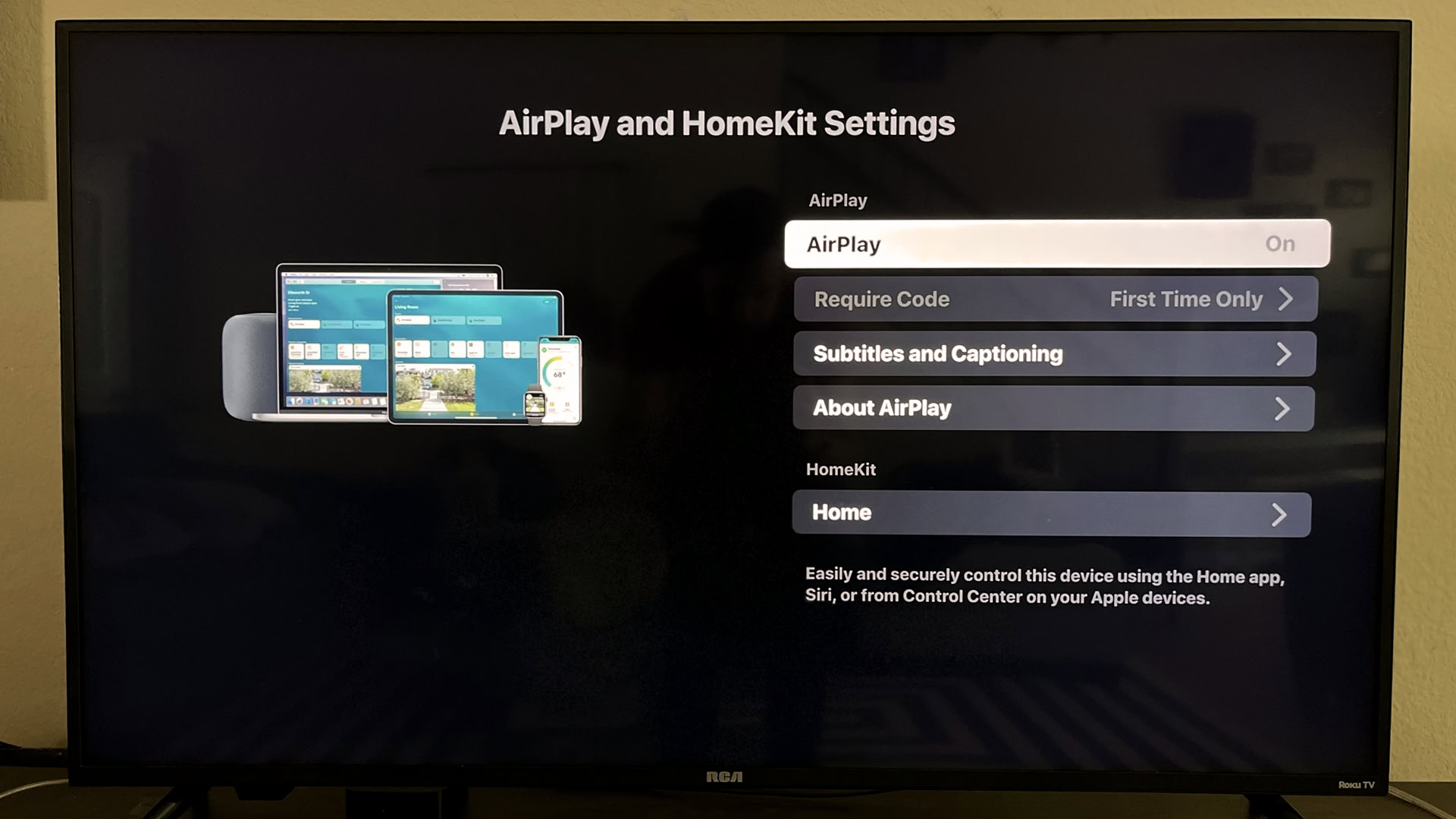
Roger Fingas / Android Authority
While HomeKit is a powerful way to control your smart home devices, it has real limitations, especially with guest access. While it’s easy to invite iPad or iPhone users as temporary guests, not everyone will feel comfortable granting full access to a device outside their network, even temporarily. The current solution also requires the guest to have their own Apple device, which leaves out Android-owning friends and family members, as well as younger family members who don’t have their own iPhone or iPad.
The Apple Smart Home Display could provide the perfect solution. Imagine you have a visitor staying for a few days who wants to control a smart device, turn on lights, etc., but doesn’t have an iOS device. They could simply grab your Apple Smart Home Display. Apple is rumored to include a webcam in this display, which could be used to make the experience even more seamless by verifying the user via facial recognition. If the device doesn’t recognize the user, it could trigger a limited guest mode with access to only the smart devices you want guests to control.
It shouldn’t be too reliant on your phone or iPad
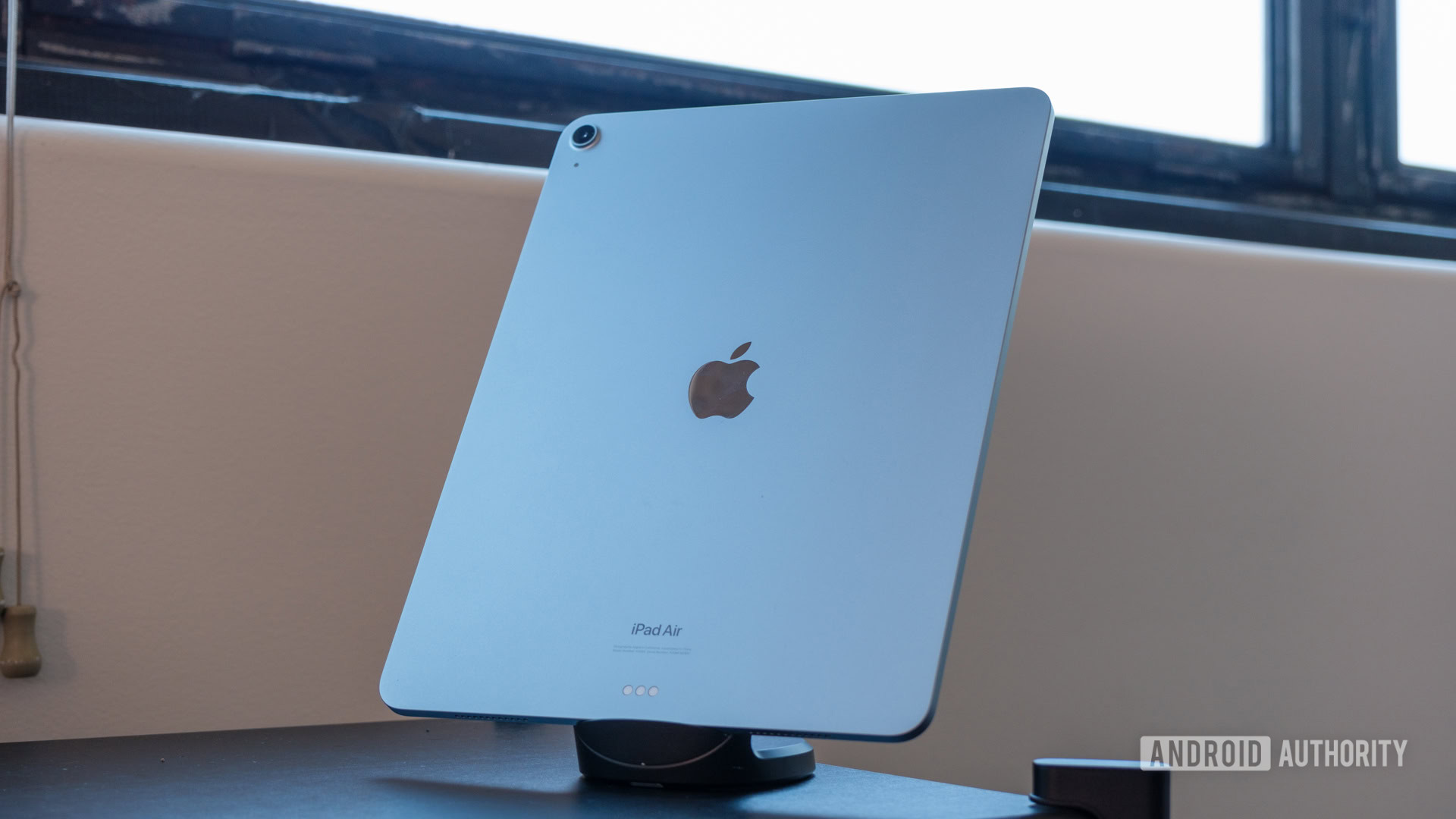
Ryan Haines / Android Authority
Apple needs to learn from Sony’s mistake with the PlayStation Portal. While the device has its fans, its reception has been mixed because it’s just a screen with controllers built-in, fully reliant on the PS5. The Apple HomePad, or whatever it’s called, needs to be more than just a dummy screen with Apple AirPlay technology. Otherwise, people may struggle to understand why they need it when they could just use a phone or tablet.
Full direct access to video calling, streaming apps, and casual internet use is a must. Unlike the HomePod, it shouldn’t be tied to an iPhone or iPad for core functionality, including setup. Sure, your phone or tablet should be able to communicate with the HomePad via AirPlay, but the display should also function independently for basic tasks.
Making the HomePad more of a stand-alone experience could also help it appeal to Android users. I get that Apple likes controlling every aspect of its ecosystem, but there are many people impressed by Apple’s smart home platform who aren’t necessarily interested in an iOS or iPadOS device.
It needs to stand out from the iPad enough that people feel it is worth getting
Rita El Khoury / Android Authority
Apple’s smart display needs to carefully balance being a useful smart home hub while distinguishing itself from the iPad. If it looks or feels too much like an iPad, consumers won’t see the point. Why pay for an “almost iPad” when you could buy the real thing? At the same time, it’ll have trouble selling if it’s just a simple, semi-portable Apple AirPlay display with minimal smart home controls. It’s just too basic to be worth it.
There are a few ways Apple could approach this. At the very least, it starts with design. This product needs to scream “Apple” at first glance, but not “iPad.” That could mean rounded corners, a unique aspect ratio, or anything else to make it clear that this isn’t just another iPad while still having the signature Apple logo and other design elements. It should include simple apps and functions with features such as video conferencing, basic security cam features, and more — more or less like Google’s Nest Hub Max. Full smart home controls are a given, but it should also offer apps for browsing and more.
It also needs to do something better than the iPad or iPhone. Anything really, even if it’s just one niche feature. Whether that’s the guest mode I mentioned above or another unique function, there needs to be something this display can do that no other smart device can. Finally, its price needs to be low enough to attract consumers and make them choose it over an iPad. Ideally, that means a price tag at least $50 lower than the base iPad, but honestly, unless it has a significant edge like a higher-resolution webcam or easier guest access, it should be priced closer to $150 — over $100 cheaper than the base iPad.
Should you wait for the Apple Smart Home Display?
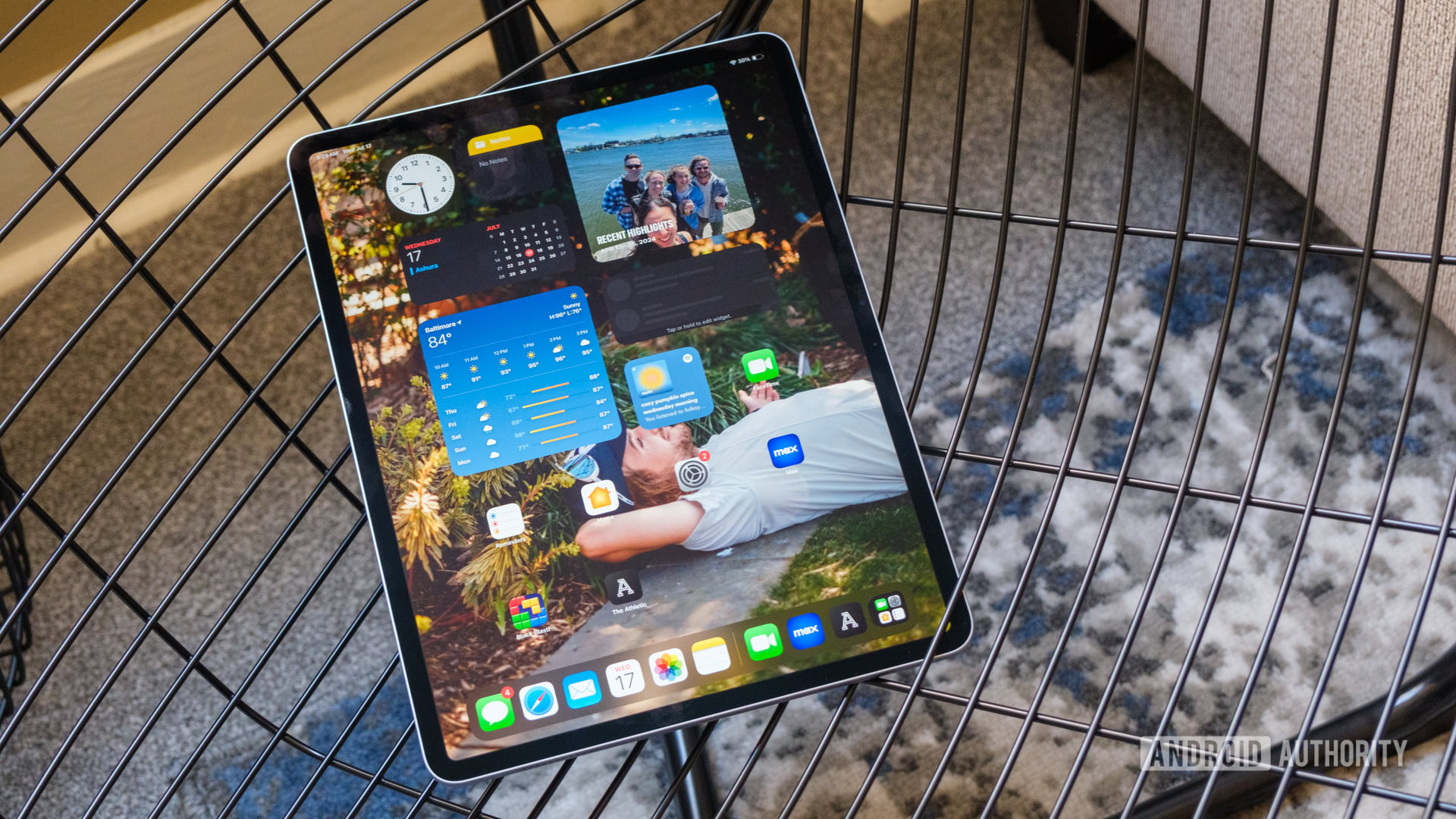
Ryan Haines / Android Authority
Since we don’t know for sure when or if the Apple Smart Home Display will debut, I wouldn’t wait for it. In the meantime, you won’t find anything exactly like it, but you can find similar experiences. As we mentioned, the Google Pixel Tablet is one alternative. Though it’s received a mixed reception, it offers a full Android tablet with smart home capabilities.
If you don’t want a full tablet, the Echo Show or Echo Hub comes to mind. The Echo Show is essentially a stand-alone display with a built-in, non-removable dock, while the Echo Hub is more like a traditional tablet, designed for wall-mounting. If you’re not sold on Amazon’s ecosystem, consider the Google Home Hub Max, though it’s getting a bit dated, so I’d recommend the other options first.

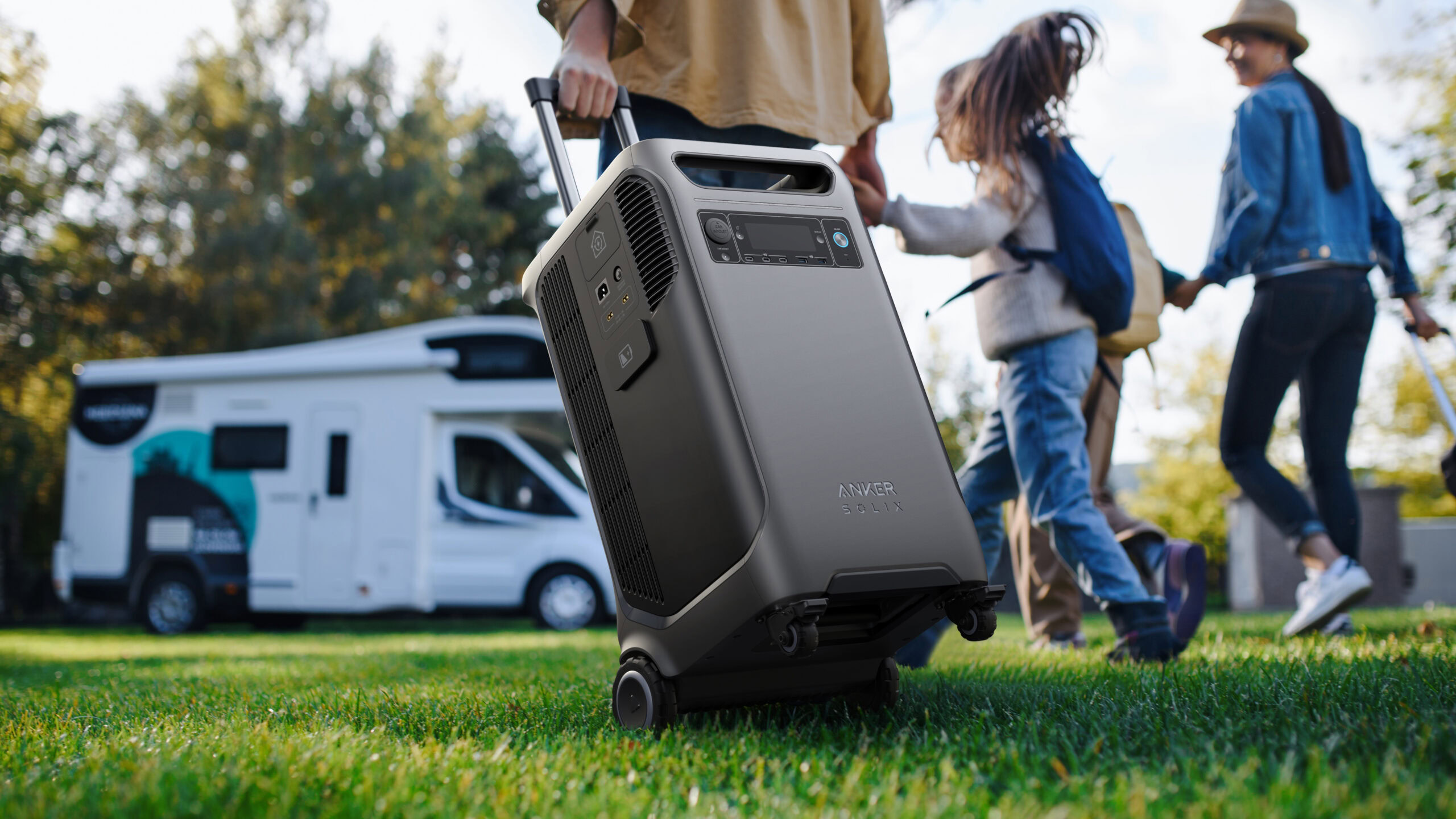
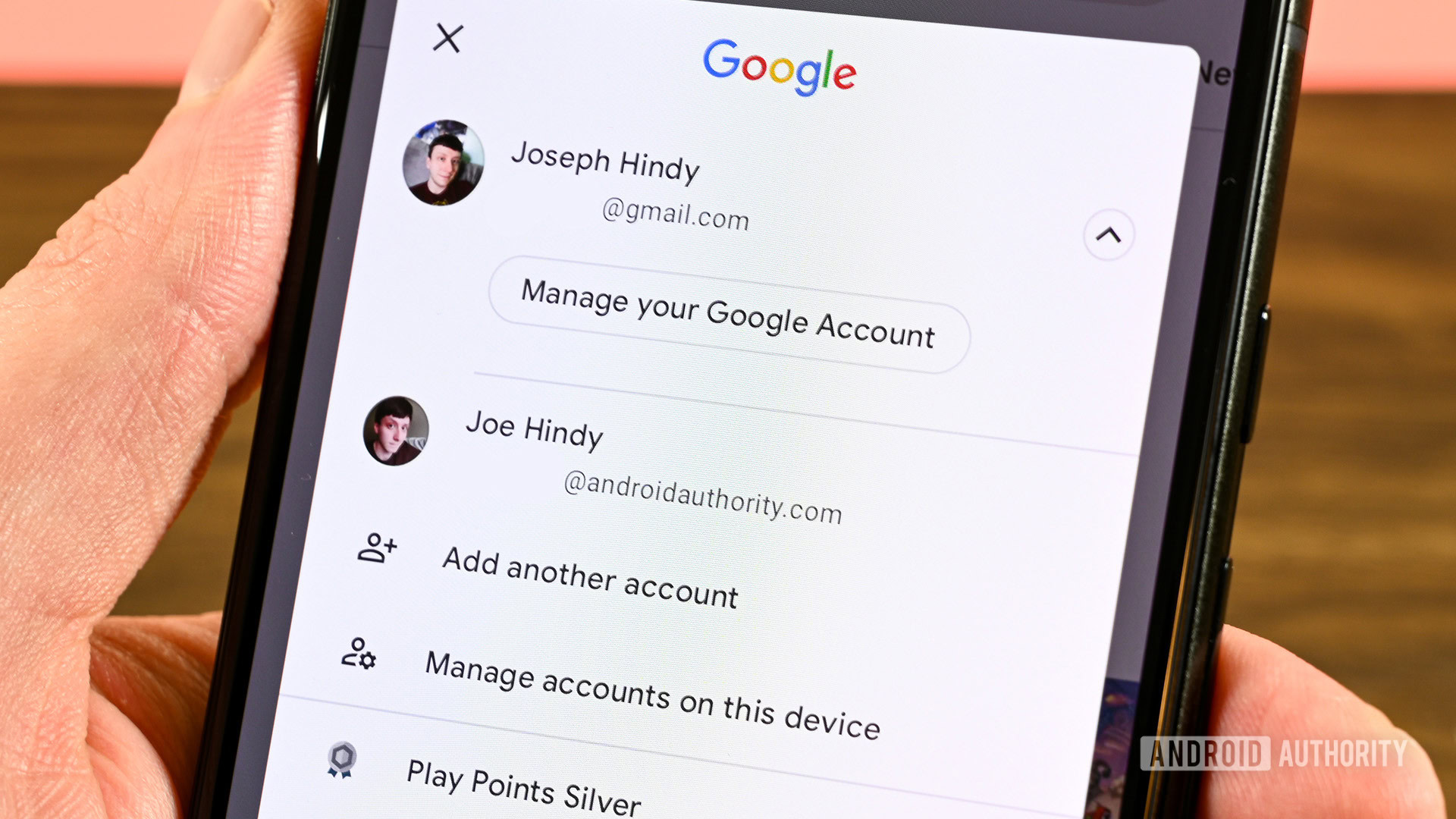




 English (US) ·
English (US) ·